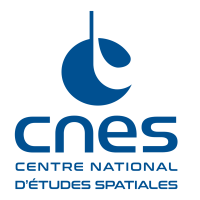Née d'une initiative française, CoRoT est une mission pionnière en sismologie stellaire et en recherche d'exoplanètes qui s'est déroulée entre 2006 et 2014.
Informations essentielles
| Mission | Observer la vibration des étoiles, détecter des exoplanètes |
|---|---|
| Domaine CNES | Sciences |
| Date de début | Lancement le 27 décembre 2006 |
| Partenaires | Allemagne, Autriche, Belgique, Brésil, Espagne, ESA |
| Lieu | Orbite circulaire polaire |
| Durée | Fin de mission le 17 juin 2014 |
| Statut du projet | Terminé |
Chiffres clés
- 650 kg : masse du satellite
- 160 000 étoiles observées
- 2729 jours en orbite
- 27 cm : diamètre du miroir
Dates clés
- Juin 2013 : Fin de la mission
- 23 octobre 2009 : Le CNES prolonge la mission pour 3 ans
- 27 décembre 2006 : Lancement du satellite CoRoT par Soyouz
- 10 février 2006 : Début des tests du satellite
- 6 janvier 2006 : Phase d’intégration du satellite
- 9 décembre 2004 : Livraison du modèle de vol du télescope par Alcatel Cannes
- Octobre 2000 : Passage en phase C/D du développement
- Mars 1998 : Passage en phase B du développement
- Décembre 1996 : Début du projet CoRoT
Le projet en bref
Lancé le 27 décembre 2006, le télescope spatial CoRoT (Convection, Rotations et Transits planétaires) a observé en continu et pendant de très longues durées (jusqu'à 6 mois) des champs d'étoiles de la Voie lactée. Alors inédite, cette méthode d'observation a permis de détecter plusieurs centaines de candidates planètes extrasolaires dont 34 ont été confirmées et étudiées en détail à ce jour, de déterminer la structure, le fonctionnement interne et l'âge de milliers d’étoiles. Au cours de ses 2729 jours en orbite, à près de 900 km d'altitude, CoRoT aura en tout collecté près de 160 000 "courbes de lumière" (variation au cours du temps de l'éclat d'une étoile).
Rôle du CNES dans le projet
Initiée à une époque où les premières exoplanètes n'avaient pas encore été découvertes, la mission CoRot a été réalisée sous la maîtrise d’œuvre du CNES et la responsabilité scientifique de l’Observatoire de Paris. Des laboratoires français, européens et brésilien y ont aussi participé. Le satellite porteur d'un télescope afocal de 27 cm de pupille et d'une caméra champ large était issu de la filière Proteus du CNES. Il a été désorbité le 17 juin 2014.
Contacts CNES
Responsable thématique Astronomie, Astrophysique du CNES
Philippe LAUDET
Courriel : philippe.laudet at cnes.fr
Responsable thématique Exobiologie, Exoplanètes et Protection Planétaire du CNES
Christian MUSTIN
Courriel : christian.mustin at cnes.fr


